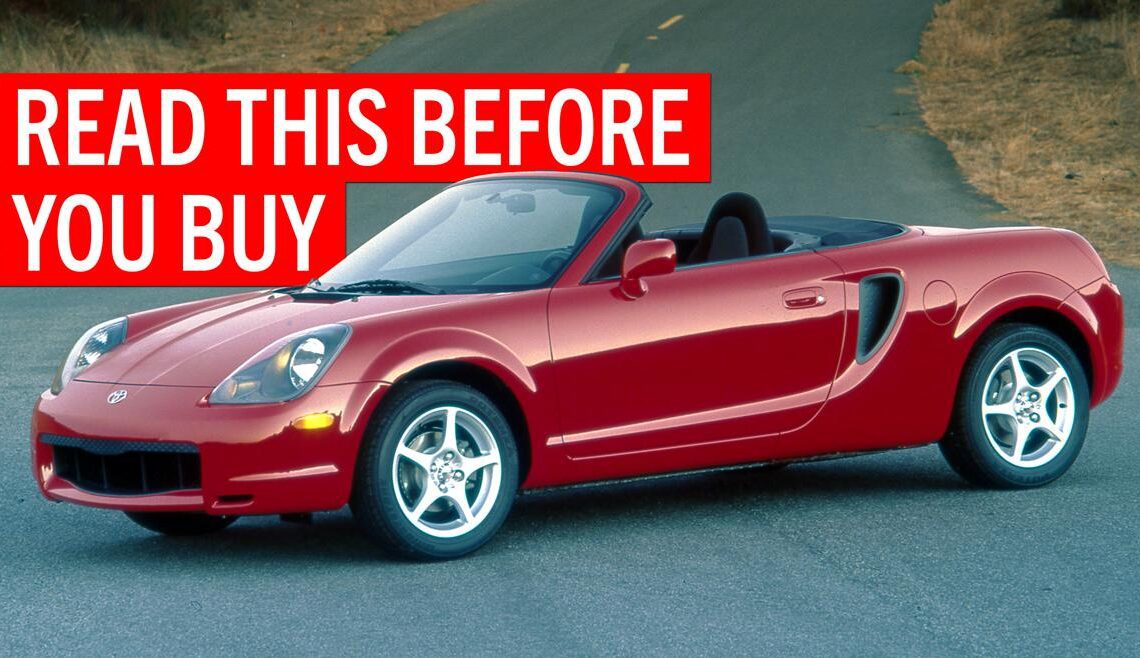[Editor’s Note: This article originally appeared in the November 2012 issue of Grassroots Motorsports.]
The MR2 was the Japanese giant’s most notable on-again, off-again niche sports car. First introduced for 1985, it was an inexpensive, mid-engined two-seater based around the Corolla engine and transmission.
A light curb weight and low polar moment of inertia made it thrilling to drive despite its low …
Up the Waterspout
Cut to a few years later: It was 1999, and Toyota was facing a buyer demographic problem.
The median age of a Toyota buyer was among the highest in the industry—older than 60—and creeping higher. Realizing the need to appeal to a younger buyer with products that were less expensive and more attractive, Toyota executives launched Project Genesis. The goal: Bring 30-somethings into showrooms.
Project Genesis was based around three products: the relaunched Celica, a subcompact called the Echo, and a new convertible MR2 called the Spyder. The idea was that these three cars would be marketed differently from the rest of the Toyota products, with the hope that they would resonate with the needed younger buyers. The lessons learned from these three products helped shape the Scion brand a few years later. (And we won’t lie—it wasn’t all a giant success story.)
The most unusual of the three cars was the new 2000 MR2 Spyder. It followed the MR2 formula of a compact two-seater chassis, powered by an economy car-derived four-cylinder engine placed behind the driver.
Instead of the coupe or T-top roofline of previous MR2s, though, this one was available as a convertible only, with a neat glass rear window and somewhat awkward top profile. It was a stubby car with wheels pushed out to the corners and a bug-eyed fascia. A flat rear bumper accentuated the truncated profile.
Under the skin, the MR2 Spyder used a four-wheel MacPherson strut suspension and modest, 15-inch tires. The engine was the all-aluminum 1ZZ-FED found in the contemporary Corolla and Celica GT, producing 138 horsepower. Initially, the only available transmission was a five-speed manual.
Here’s the big news: In a reversal of most industry trends, this new car was even lighter than the very first MR2 sold 15 years earlier. The Spyder had a published curb weight of only 2195 pounds.
The car was only sold in one version—a monospec in Toyota…
Click Here to Read the Full Original Article at Grassroots Motorsports Online Articles…

